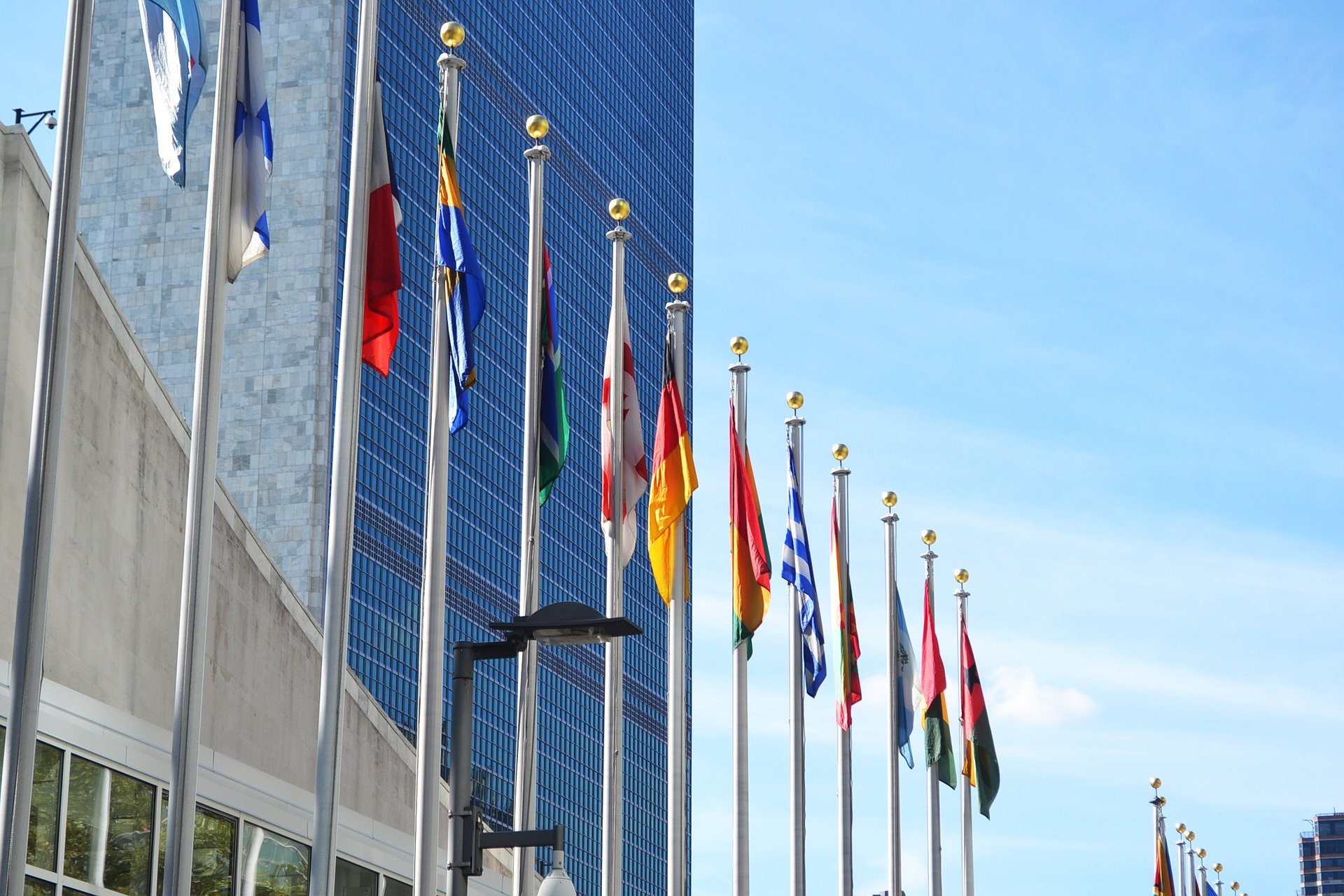
“NGOs play a crucial role in striving to meet the goals of the UN resolution,” says Natalie Draisin, Director, North American Office, and United Nations Representative for the FIA Foundation. Natalie’s role with the FIA Foundation means that she is often a link between the UN sphere and the NGO world. Here, we ask Natalie how NGOs can engage with their governments and link the national and UN levels and how they can get started with their advocacy for the new UN Resolution on Improving Global Road Safety in the challenging environment of the COVID-19 pandemic.
How can NGOs actively engage with missions on the new Decade of Action?
When I work with UN missions, it’s clear that the biggest impetus behind mission involvement in road safety efforts is the tireless work of NGOs. An NGO that has successfully collaborated with the government— giving the mission something to highlight — makes all the difference.
Making your country’s ministry of transport aware of your work and offering to work together is essential. This involves clearly showing how your actions support their goals, and those of the UN resolution. Governments that are already stretched thin are often grateful for the support of NGOs, and having joint goals means you can claim collective wins.
Often, missions will rely on NGOs to provide input into the High-Level Political Forum or other UN processes by drafting part of the voluntary national review or identifying speakers. NGOs can offer to play that supporting role by helping ministries craft a plan to meet UN goals at a national level, and then working with ministries to communicate those efforts both nationally and internationally.
This also involves being aware of UN timelines and offering to help at the right time. For example, the resolution mentions that a high-level meeting of the General Assembly will be convened before the end of 2022. Starting to think now about the scope of that meeting — addressing gaps and challenges and mobilizing political leadership and promoting multisectoral and multistakeholder collaboration – will set NGOs up to help their ministries participate. As the date approaches, keeping in touch with the ministry and offering input and success stories will be helpful.
Aside from ministry collaboration, identifying and working with champions in your country is immensely helpful. Often, we need high-level speakers for UN events who can illustrate efforts on the ground. Speakers who aren’t from the road safety realm but instead health or education are powerful because they show the intersectoral nature of our work.
What can NGOs do to help accomplish the goals of the UN resolution during the pandemic?
The pandemic has given us an unfortunate opportunity to accelerate road safety work. The walking and cycling initiatives we’ve long fought for are conducive to the physical distancing we need to stop the spread of COVID-19. Plus, COVID-19 is less likely to spread outdoors, and walking and cycling decrease air pollution, which is tied to the severity of the virus.
Perhaps the easiest way to advocate for safe walking and cycling right now is through the journey to school. We are discussing how schools can reopen but often leaving out an essential component — the journey to school itself. If we forget that element, schools will have to close again, and community transmission could rise.
There are easy, low-cost ways to make the journey to school safe from both the pandemic we face today and the epidemic on wheels that is the number one killer of our young people. Together with UNICEF, the Child Health Initiative has published guidance with 10 key actions to protect children on their way to school. With help also from Save the Children, we have created a database of safe and healthy journeys to school during the pandemic. We invite you to please share and contribute to this database, so that we can all learn from each other, across borders, to keep our children safe. We want it to go viral!
These materials are hosted on our Child Health Initiative website, which has many tools to make the journey to school safe and healthy, during the pandemic and beyond. Our toolkit features a variety of ways to collect data, design and implement an initiative, build a coalition, advocate, and conduct an impact assessment.
It’s important to emphasize that a lot of the initiatives in this guidance, in the database, and in our toolkit are low resource. Budgets are tight, and the government may not be able to prioritize road safety at the moment. Showing how your road safety initiative helps accomplish other government goals — like safe access to education — will help. Prioritizing efforts by reopening phase is also essential to tackling urgent needs first.